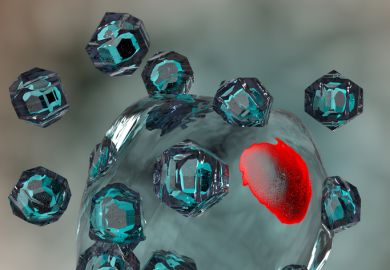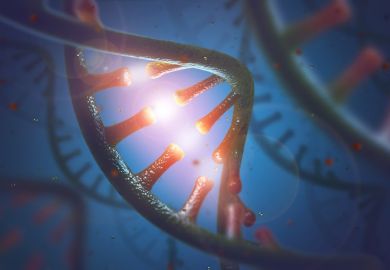Electrochemistry is the chemistry of the future. It is the foundation of clean power (or, at least, of power that is dirty only over the horizon), of portable power, of the winning of metals from their ores, of certain manufacturing processes, of analysis, of the monitoring of medical conditions and the detection of disease, of metabolism, and - through the activity of neurons - of consciousness itself. It is also the enemy of civilisation: for what industry so painstakingly and expensively assembles, corrosion, the black hand of electrochemistry and the pernicious instrument of the Second Law, inevitably destroys. The pouring of money into electrochemical research, spurred on by all these industries and interests, is therefore appropriate, and it is equally appropriate that undergraduates be introduced to modern aspects of the subject.
Undergraduates of chemistry have long been schooled in the equilibrium aspects of electrochemistry. In principle, at least, they can use electrochemical data to judge whether one substance can oxidise or reduce another; they can predict the potential generated by electrochemical cells; and they can use tables to calculate the equilibrium constants of chemical reactions. But electrochemistry is richer by far, for much of the information that is needed relates to cells far from equilibrium, with processes taking place at observable rates rather than poised in balance with an opposing force.
Dynamic electrochemistry is the electrochemistry of the future, where predictions can be made about the rates of processes and steps taken in a rational way to improve those rates. Enhanced rate results in greater power output and faster industrial processes. Reduced rate thwarts, temporarily at least, the conquest of matter by corrosion. Comprehended rate, in conjunction with the use of solar radiation to loosen electrons from the grip of atoms, may lead to the holy grail of electrochemistry, the worldwide establishment of a hydrogen economy, and with it the elimination of the problems associated with the combustion of hydrocarbons.
This book goes some way towards presenting this modern face of electrochemistry. Many of the standard, conventional topics of the subject are covered. There are chapters on the study of rate processes, reaction mechanisms, the highly important use of solid and molten salt electrolytes, industrial processes, cells of many kinds, and analytical applications. Anyone-from advanced undergraduate up-wanting to be brought up to date in these fields will find the text highly useful.
However, there are so many slips and inconsistencies of notation that I hesitate to give the book my whole-hearted recommendation. The first typo appears on line one of page one; I lost count after a few pages. Even so elementary a concept as molality is wrongly defined. Many of the illustrations appear to have been done with stencils and without spell-checking (eg, page 113), which is inexcusable. So, although potential undergraduate readers would be led astray by the book in many respects, their more circumspect elders, who can circumnavigate the irksome inattention to detail, will find much that is valuable here, and will come away equipped, perhaps, to save mankind.
Peter Atkins is professor of chemistry, University of Oxford.
Electrochemistry
Author - Carl H. Hamann, Andrew Hamnett and Wolf Vielstich
ISBN - 3 5 29096 6
Publisher - Wiley-VCH
Price - £29.95
Pages - 423
Register to continue
Why register?
- Registration is free and only takes a moment
- Once registered, you can read 3 articles a month
- Sign up for our newsletter
Subscribe
Or subscribe for unlimited access to:
- Unlimited access to news, views, insights & reviews
- Digital editions
- Digital access to THE’s university and college rankings analysis
Already registered or a current subscriber? Login



